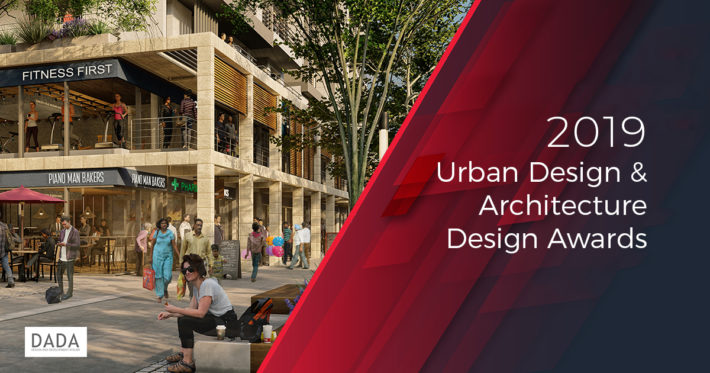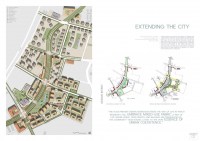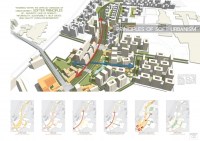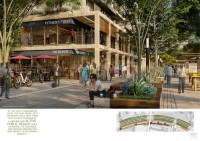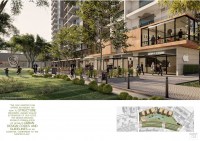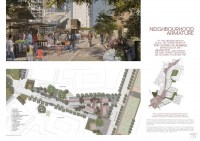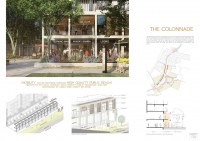Godrej Garden City master plan creates a blueprint for a high density community at the periphery of Ahmedabad’s urban city core. The plan primary draws inspiration from the way of life in which residents still embrace mixed-use fabric; a way of life where public open spaces and bazaars are frequented by the community year round, a nod to the very essence of urban coexistence. At the most fundamental level the plan firmly sets the intent for a new town that is held together by a genuine and active public realm, while optimising the insatiable and prosaic demand for high density development parcels.
Winner- Urban Design & Architecture Design Awards 2019
Firm | DADA and GPL Design Studio
Category | Urban Design (Concept)
Team | Mukul Arora, Parul Mittal, Diksha Singh, Saurabh Syal, Anubhav Gupta, Namrata Mehra, Dwaipayan Aich
Country | India
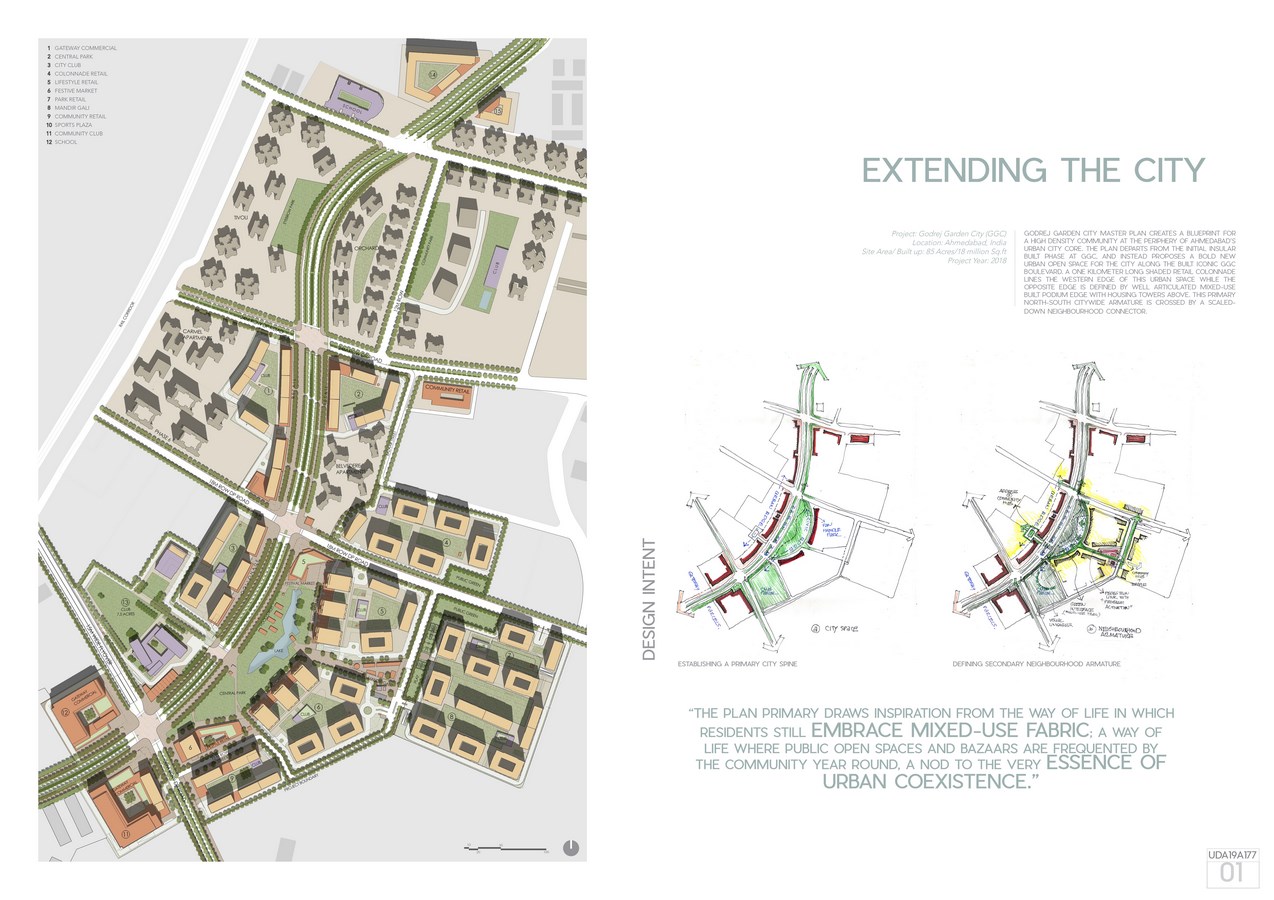
The plan departs from the initial insular built phase at GGC, and instead proposes a bold new urban open space for the city along the built iconic GGC Boulevard. A one kilometer long shaded retail colonnade lines the western edge of this urban space while the opposite edge is defined by well-articulated mixed-use built podium edge with housing towers above.
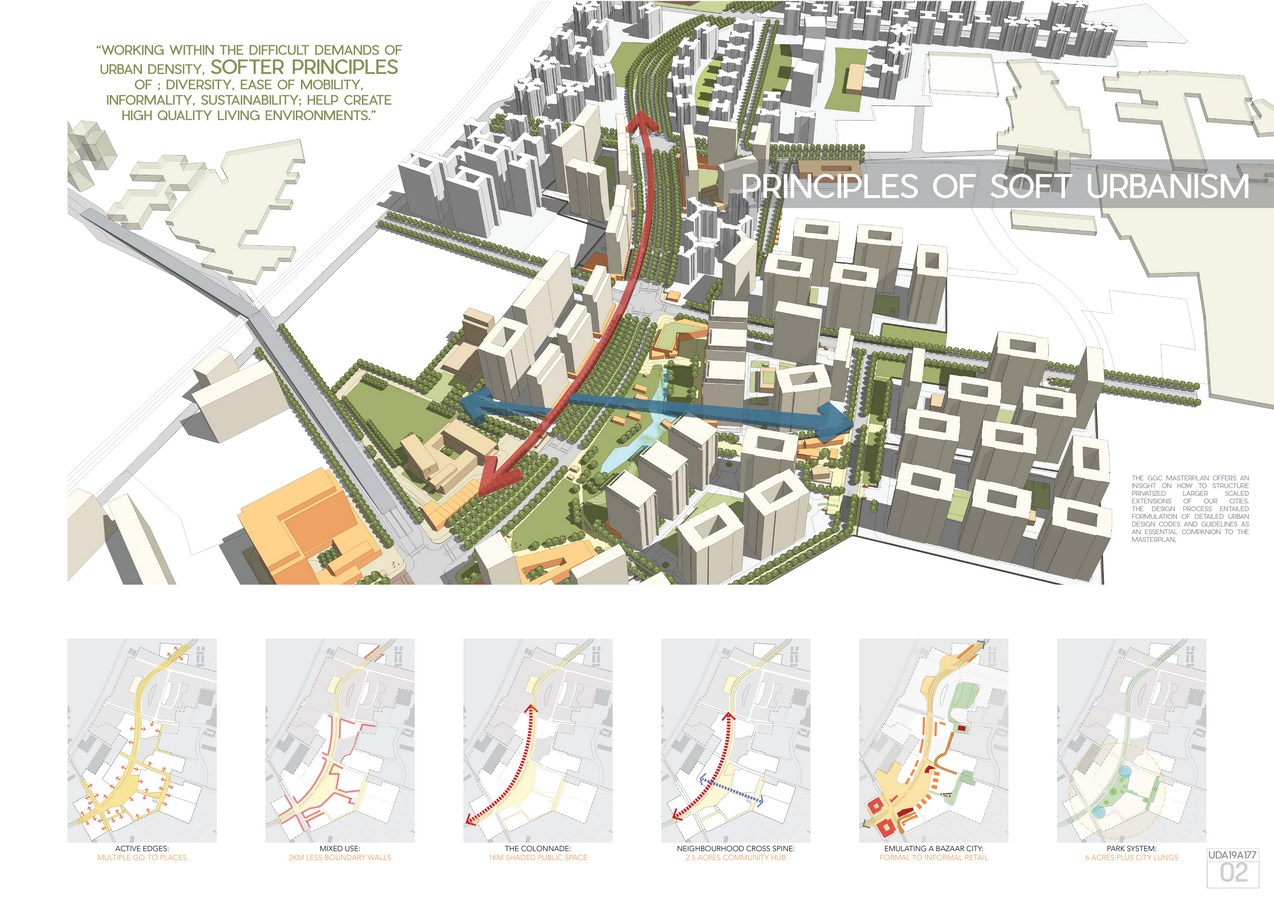
This primary north-south citywide armature is crossed by a scaled-down neighbourhood connector. At one end of this cross-armature is the large city level clubhouse, and as one moves across the Central Park it transitions into an intensely used pedestrian environment surrounding high density housing blocks. This neighbourhood Armature is strategically activated by the positioning of a convenience retail block, a small temple plaza, and a linear outdoor sports plaza for active recreation; all held together by a pedestrian precinct. Multiple housing parcels are designed to have their pedestrian gates open directly onto the precinct, making it an ideal family centric place. At this neighbourhood scale, the compulsions of top-down planning methodology are inverted, and instead the daily events or rituals are allowed to dictate the appropriation of space.
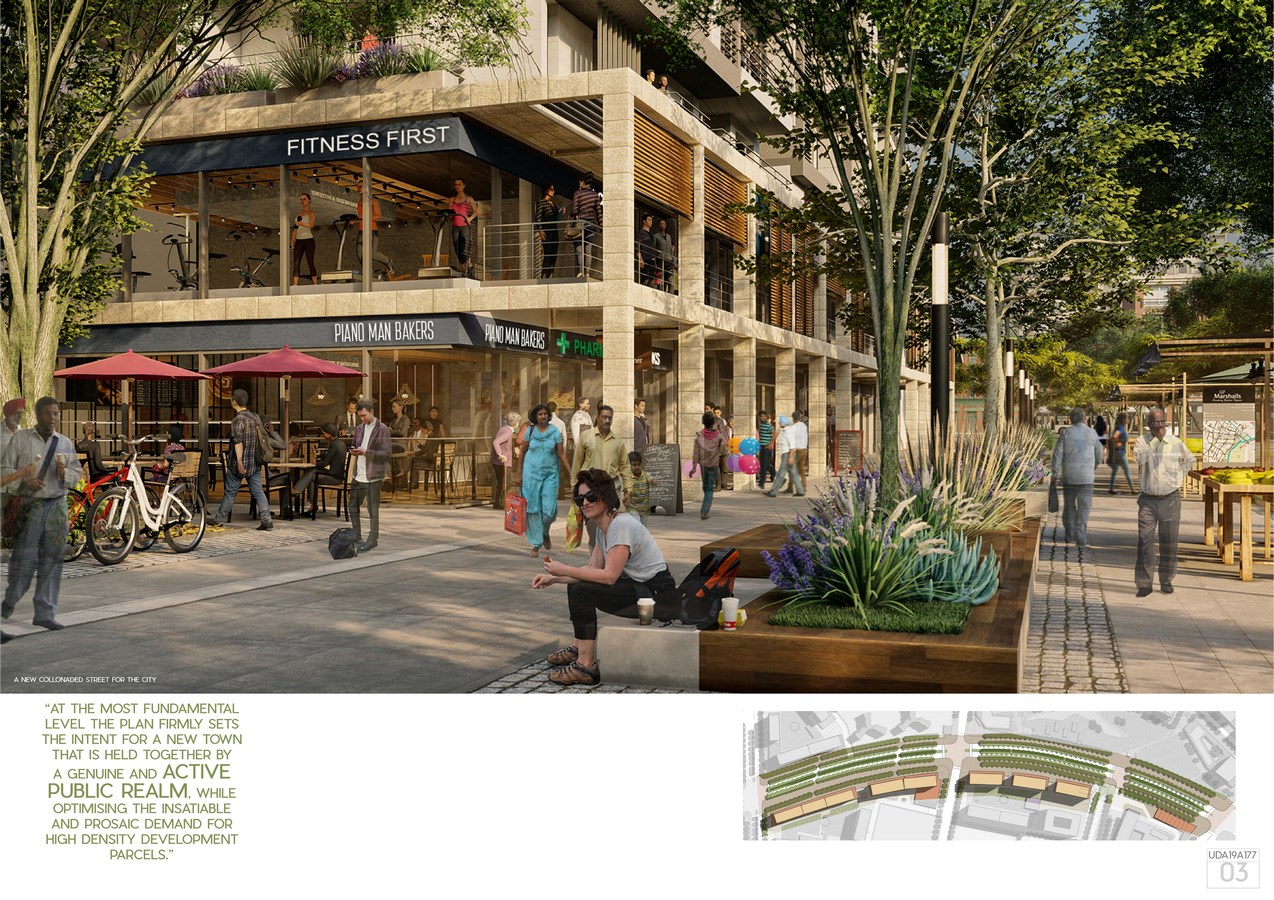
Through strategic integration of interstitial spaces and use of local streets to act as a multi-use spaces, informal activities such as, vegetable markets, weekly bazaars, etc. are given legitimacy and the residents in-turn offered a full spectrum of amenities. From a formal citywide colonnaded retail spine to the informal retailing spaces, the design begins to address the notions of operating between ‘order and spontaneity’
The master plan carefully calibrates the ‘built and open relationships’ or edge types for the township so as to bring imageability and cohesion to the urban fabric and also variety where necessary. The edges that have been appropriated at GGC also play an important part in providing safe and comfortable outdoor movement spaces for the pedestrians all year round. The plan recognizes that mobility is about getting people to where they want to go, conveniently and safely. Mobility can be provided through high quality public realm, sensitivity to local context, high capacity public transport, and not necessarily by using wide street sections.
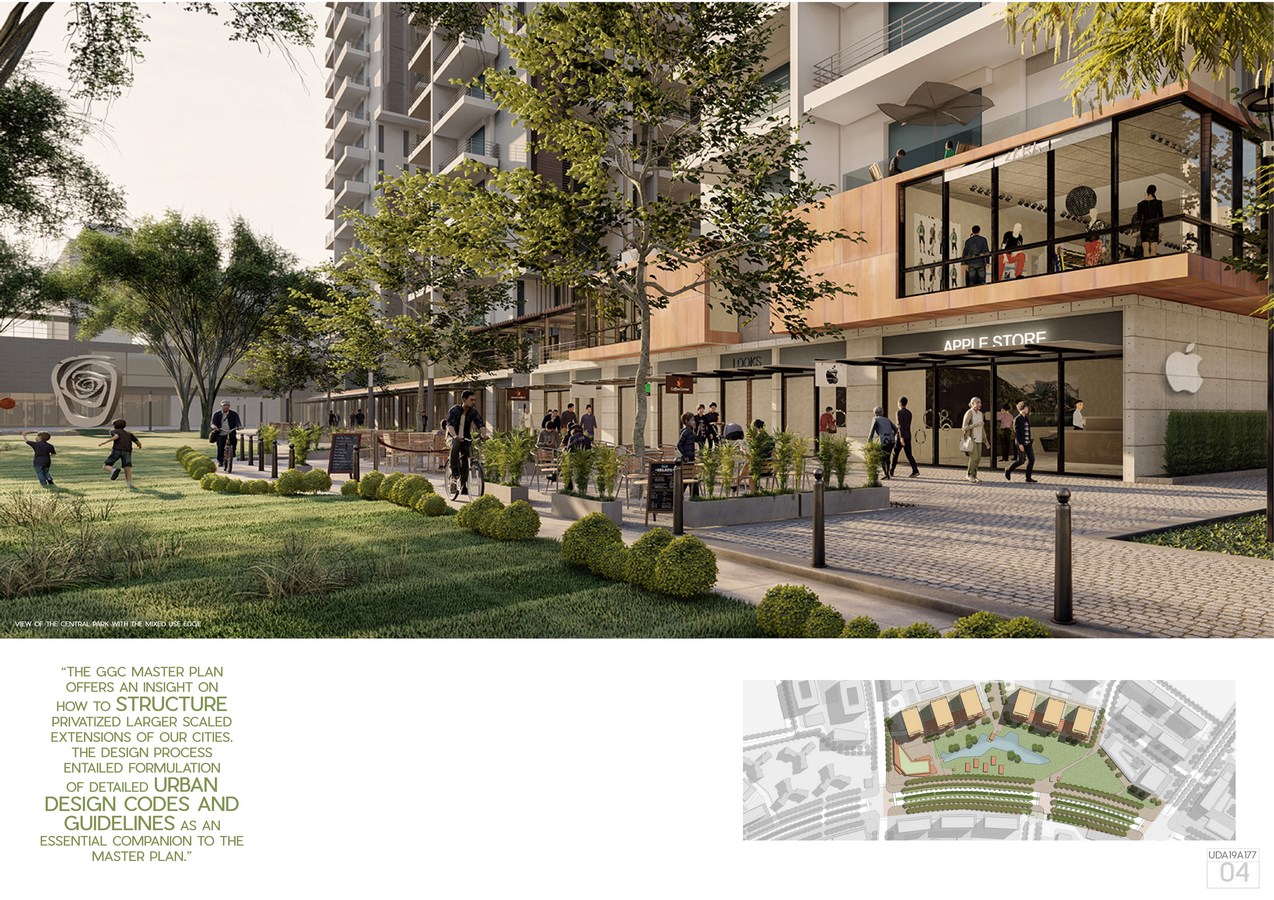
The township design while accommodating a net saleable area totaling 12 million sq.ft. With an average density of 72 du/acre; puts its thrust on ensuring that the softer principles of design such as diversity, ease of mobility, integrating informal sector, sustainability; etc. help create high quality living environments.


